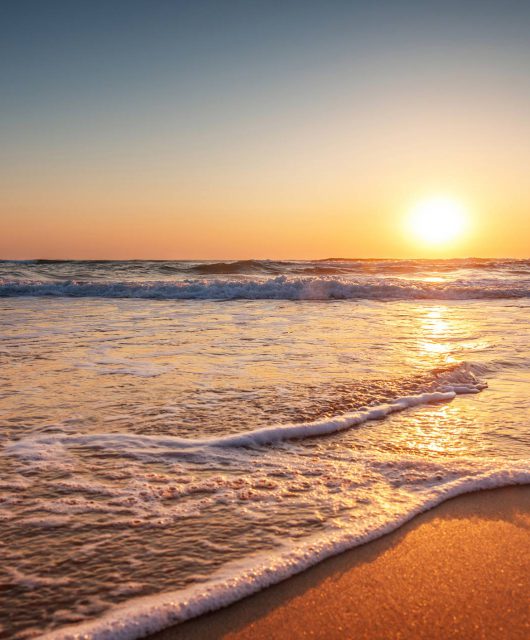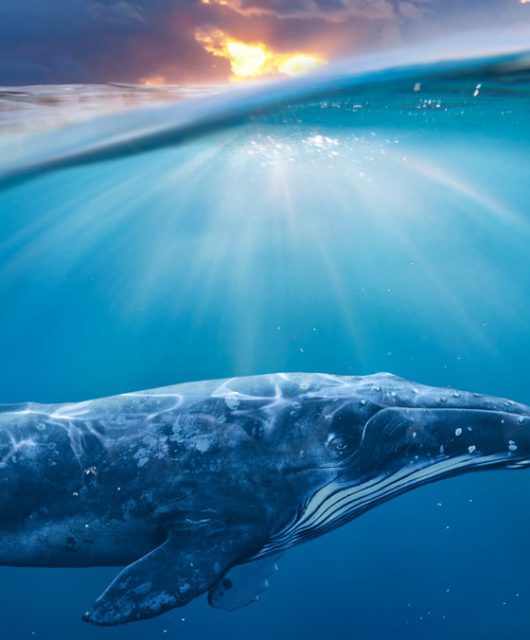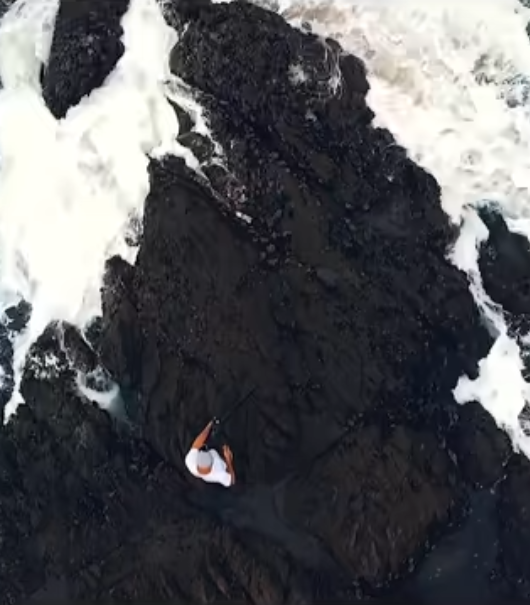It’s not just Polar Bears being impacted by climate change
Climate change is driving up temperatures in the Arctic at three times the global annual average. There are numerous affects that this has on Arctic wildlife. However, it’s the rate at which both snow and ice are melting that has struck the greatest blow to these creatures. Since 1979, sea ice has dwindled by 13 per cent every decade. It affects more than just Polar Bears. As sea ice melts away, Arctic Whales are changing how and when they migrate. Let’s explore two Arctic Whales that are feeling it the most: the Bowhead and the Narwhal.
Bowhead
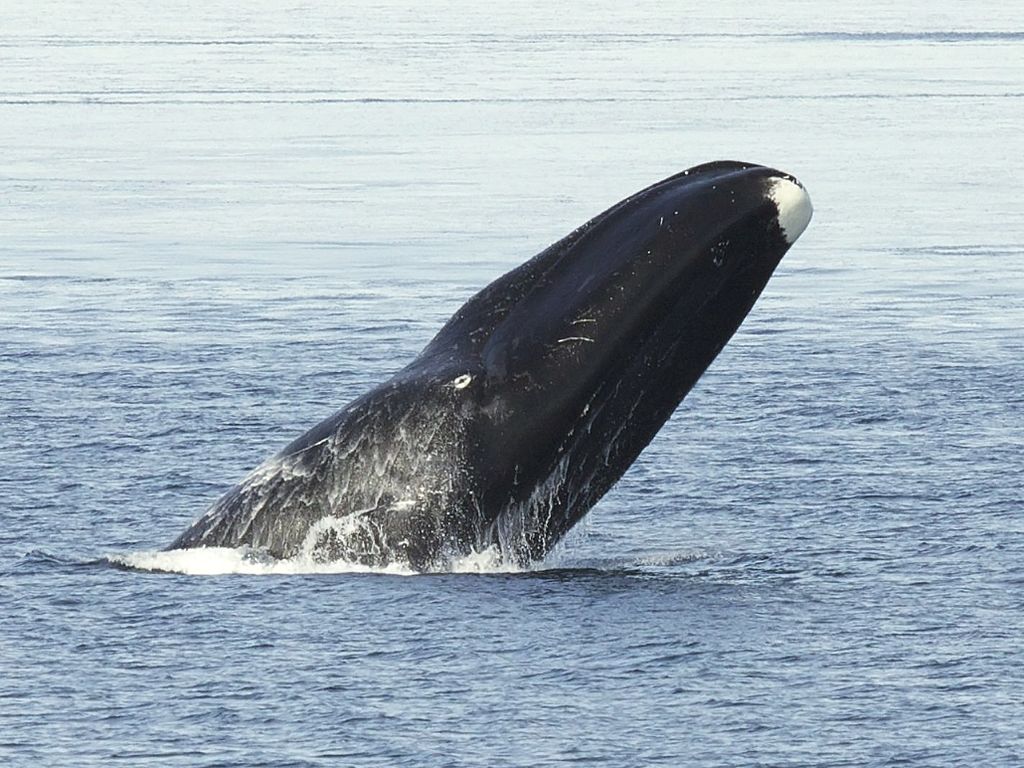
Ice is critical to the survival of Bowhead Whales. They feed on tiny sea creatures like copepods and krill that they reach underneath ice up to 46 centimetres thick.
Bowheads found in the Pacific Arctic usually migrate in the spring months from the Bering Sea all along the Bering Strait’s sea ice and into the Beaufort Sea where they spend the summer and fall seasons. However, temperatures in the region have been so warm that the Bering Strait never develops enough sea ice to make the migration worthwhile for the Bowhead Whale.
Between 2009 and 2021, researchers at Oregon State University tracked the calls and songs of Bowhead Whales to keep tabs on their movements. They noticed that over the years, the Bowheads delayed their fall migratory trek to the Bering Sea more and more and some opted to move to the southern Chuckchi Sea instead. Moreover, those Bowheads that did migrate south decided to head back up north earlier when there was less sea ice.
It seems more and more that Bowhead Whales in the area are staying in the Arctic year round. That might be the least of its problems. The lack of ice along their migratory route may introduce other species in the area and they may find themselves fighting other whales for food, and finding themselves at increased risk of predation.
Narwhal
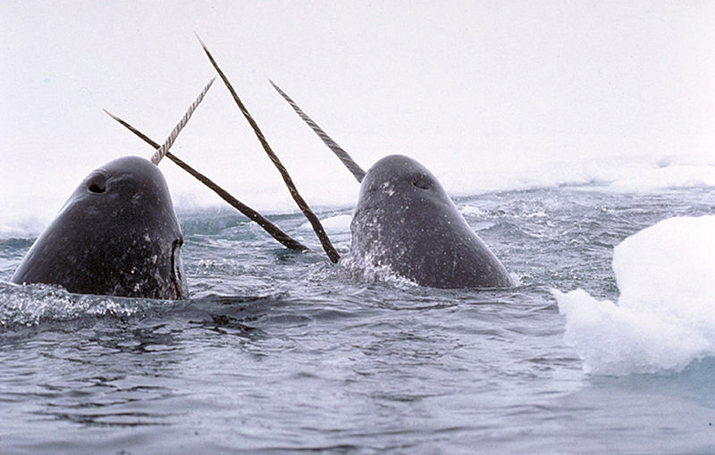
The Narwhal is another Arctic whale impacted by the effects of climate change. This whale migrates from ice free waters to waters that are 95 per cent covered in ice for the winter months. Scientists at the University of British Columbia’s Institute for the Oceans and Fisheries are tracking the movement of Narwhals using satellite devices and have found that, over the last 21 years, Narwhals are delaying their autumn migrations. Every ten years, they are staying ten days longer than usual in their summer water grounds.
Researchers have also noticed that there are now differences between males and females when it comes to departing for their autumn migrations. Male Narwhals tend to venture out of their summer waters first and females (along with their young) will wait an entire week later before heading north as well.
The problem? There are a few actually. By delaying their migration, they might have a higher rate of exposure to shipping disturbances, which can increase their stress levels and even result in ship strikes. Moreover, these whales might find themselves entrapped in freezing ice and could die as a result.

